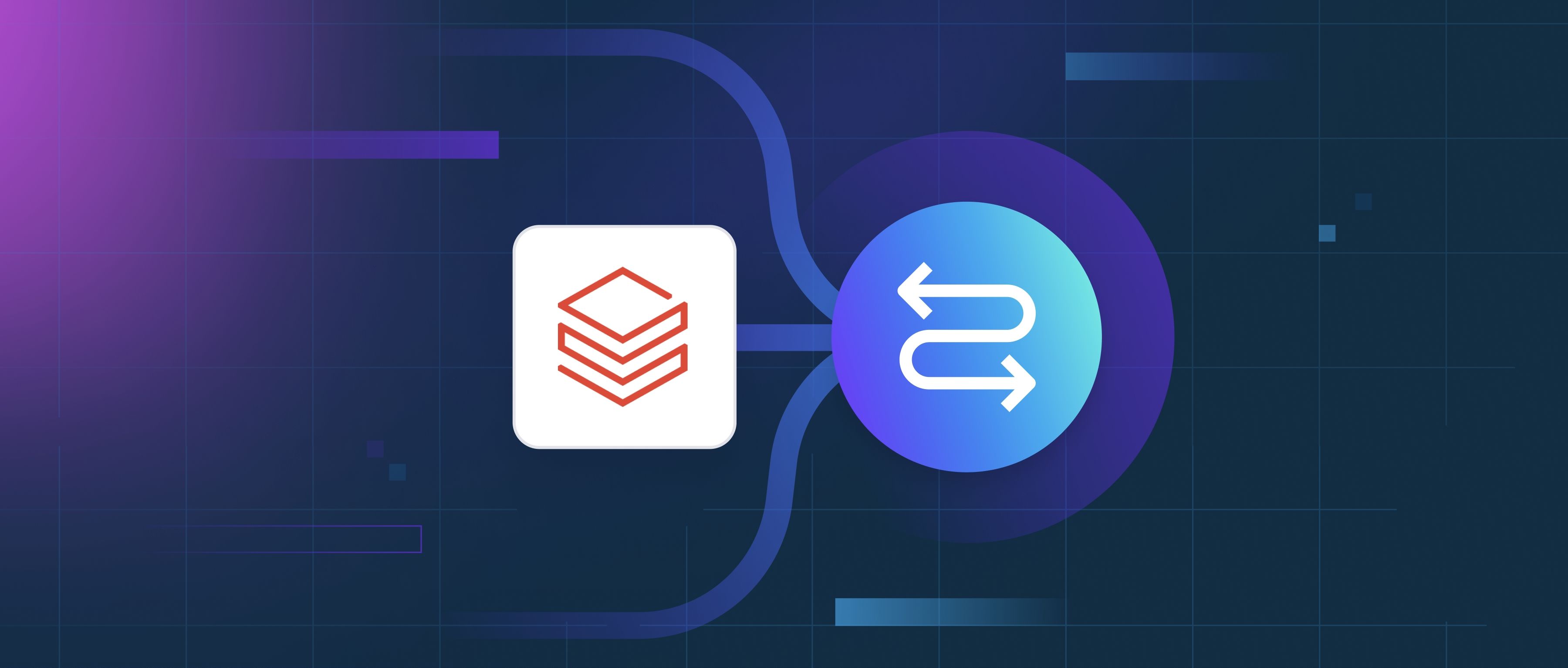Computer vision is a broader field that encompasses the use of image processing techniques to enable machines to interpret visual data. While image processing refers specifically to the manipulation and enhancement of images through algorithms (such as filtering, edge detection, or noise reduction), computer vision goes a step further by understanding the content within the images. Image processing techniques are often used as a precursor in computer vision tasks. For example, in object detection, image processing is first used to enhance the image, filter out noise, or identify edges before applying computer vision algorithms to recognize and classify objects. The relation between the two is that image processing forms a foundational step in computer vision systems, ensuring that raw visual data is clean, structured, and ready for analysis. Image segmentation—dividing an image into regions of interest—is another key aspect where image processing techniques like thresholding are employed before higher-level computer vision tasks such as object recognition or scene understanding are performed.
What is Computer Vision and its relation with Image Processing?

- Master Video AI
- Getting Started with Zilliz Cloud
- Natural Language Processing (NLP) Basics
- Advanced Techniques in Vector Database Management
- Embedding 101
- All learn series →
Recommended AI Learn Series
VectorDB for GenAI Apps
Zilliz Cloud is a managed vector database perfect for building GenAI applications.
Try Zilliz Cloud for FreeKeep Reading
What is the significance of explicit vs. implicit feedback during training?
Explicit and implicit feedback serve crucial roles in the training of machine learning models, particularly in recommend
How do you handle duplicate records in SQL?
Handling duplicate records in SQL is a common task that often requires a few steps to effectively identify and remove or
How do AI agents handle conflicting input data?
AI agents manage conflicting input data using a combination of techniques such as data prioritization, context-based rea